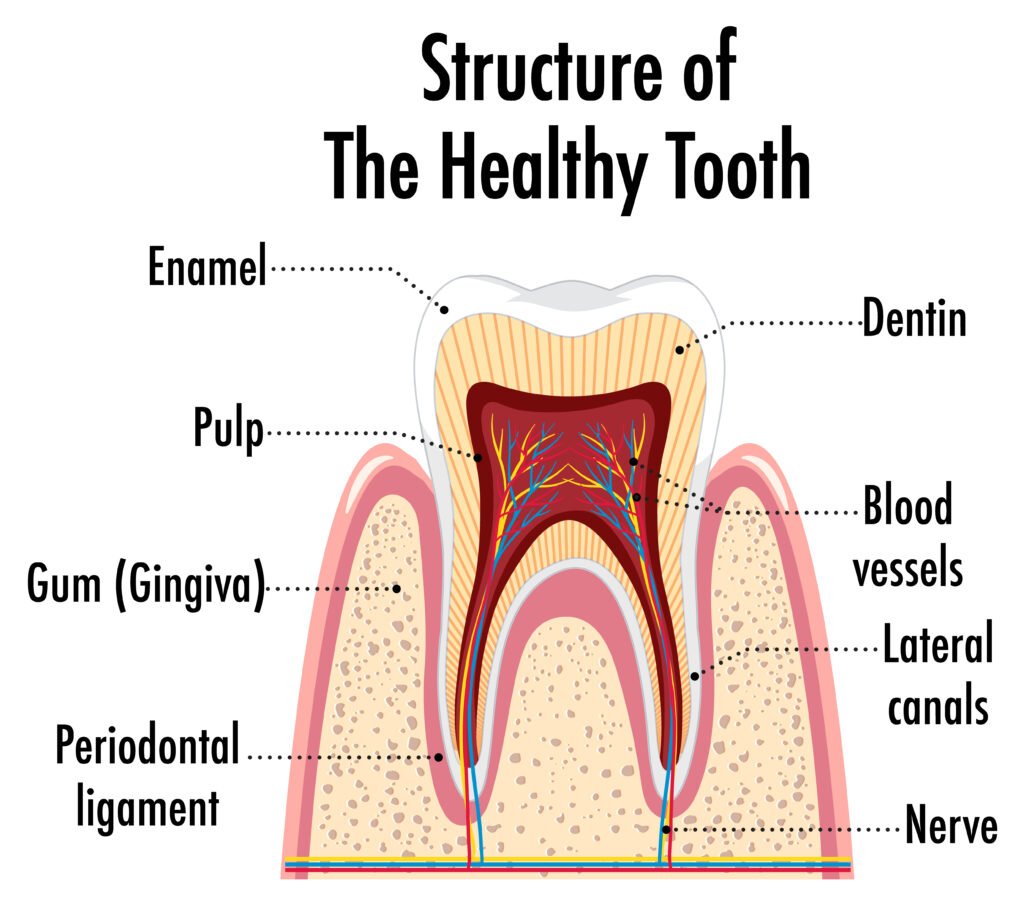Click to call
Tooth Sensitivity
Tooth sensitivity is a common issue that many of us can relate to. It’s that zing of discomfort or pain you feel when you enjoy a scoop of ice cream, sip a hot cup of coffee, or savor something sweet. Think of it as your teeth’s way of saying, “Hey, something’s not quite right here!”
So, what’s happening when your teeth suddenly become sensitive? Well, it’s like a secret your teeth are sharing with you. Underneath that protective outer layer (the enamel), there’s another layer called dentin. When this inner layer is exposed, it opens a direct line to the nerve of your tooth, and that’s when the sensitivity kicks in.
Because they are soft, gentle, and made to fit over an adult’s finger, finger toothbrushes are a useful item for babies and kids because they make it simpler for parents or childcare providers to brush the child’s teeth and gums.

Most Common Symptoms

-
-
-
-
-
- Sensitive Areas: You might notice that this sensitivity is localized to specific areas or teeth. It doesn’t affect your entire mouth, but rather just a few teeth.
-
-
-
-
- Pain When Brushing: Brushing your teeth can become uncomfortable, especially if you use a toothbrush with hard bristles. It’s like a reminder that your teeth need a gentler touch.
- No Pain at Rest: The good news is that your teeth aren’t in pain all the time. It’s more about those triggers – the hot, cold, sweet, or acidic things that make you go “Ouch!”
- Gum Discomfort: Sometimes, your gums can feel sensitive too. They might hurt or feel tender when you brush or floss.
- Sudden Zing of Pain: Tooth sensitivity often feels like a sudden, sharp jolt of pain when you do certain things like:
- Sip on a hot cup of tea or coffee.
- Bite into an ice cream cone.
- Enjoy a cold, refreshing drink on a hot day.
- Savor sweets like chocolates or candies.
- Brief Discomfort: The pain doesn’t linger; it’s more like a quick twinge that disappears once the stimulus is removed. So, you’ll feel discomfort while enjoying something cold or hot, but it won’t stay with you.
Causes of Dental Sensitivity

- Receding Gums: Imagine your gums as the cozy blankets for your teeth. If they start pulling back, it’s like your teeth are peeking out from under the covers. This can occur due to gum problems, not taking good care of your gums, or simply getting a bit older.
- Tooth Decay (Cavities): When little monsters (bacteria) attack your teeth, they create small holes known as cavities. These tiny troublemakers can lead to sensitivity, especially if they venture too close to your tooth’s nerve.
- Worn Dental Work: If you have older dental work, like fillings or crowns, think of them as trusty tools that can wear out over time. When they do, they may bring on some sensitivity.
- Worn-Down Enamel: Think of your tooth’s enamel as its protective armor. Over time, it can get a little worn, just like a well-loved pair of shoes. This happens when you enjoy acidic foods like oranges, soda, or even brush your teeth too vigorously with a firm toothbrush.
- Cracked or Chipped Teeth: Just like a cracked phone screen, a cracked or chipped tooth can be more sensitive. It’s your tooth’s way of telling you it needs a little repair.
- Dental Procedures: Imagine dental treatments like getting fillings or crowns as little construction projects in your mouth. They can sometimes cause a bit of temporary sensitivity, but it’s like a passing rain shower, usually not a long-lasting problem.
- Toothbrush Troubles: Your toothbrush should be a gentle friend, not a harsh critic. Using a toothbrush with hard bristles or brushing too aggressively can wear down your enamel and create sensitivity.
- Teeth Grinding (Bruxism): Sometimes, our teeth have a mind of their own, and they like to have a late-night party. Grinding your teeth, often during sleep, can wear down your enamel and make your teeth sensitive.
What are the treatment options?

Dental Bonding: Imagine dental bonding as a cozy sweater for your teeth. In this procedure, a tooth-colored resin is applied to the sensitive areas to seal them off and provide relief.
Fluoride Treatments: Think of fluoride as your teeth’s best friend. Fluoride can strengthen the enamel and reduce sensitivity. Your dentist can apply fluoride in the form of gels, varnishes, or foams.
Changing Toothbrush and Brushing Technique: Sometimes, the solution is as simple as using a softer toothbrush and gentler brushing technique to prevent further enamel erosion.
Gum Grafting: If your gums have receded and that’s causing sensitivity, gum grafting is like giving them a warm blanket. Your dentist can take a small piece of tissue from another part of your mouth or use a donor graft to cover exposed roots and reduce sensitivity.
Mouthguard (for Teeth Grinding): If teeth grinding is the issue, a custom-made mouthguard can protect your teeth and reduce sensitivity caused by grinding.
Desensitizing Toothpaste: This is like a protective shield for your teeth. Special toothpaste designed for sensitivity contains compounds that block the tiny tubules in the dentin, reducing sensitivity.
Addressing Underlying Issues: If tooth decay or dental work is causing sensitivity, your dentist will address these issues with appropriate treatments like fillings, crowns, or repairs.
Dietary Changes: Cutting back on acidic foods and drinks can help protect your enamel and reduce sensitivity.
- Tooth Decay (Cavities): When little monsters (bacteria) attack your teeth, they create small holes known as cavities. These tiny troublemakers can lead to sensitivity, especially if they venture too close to your tooth’s nerve.
